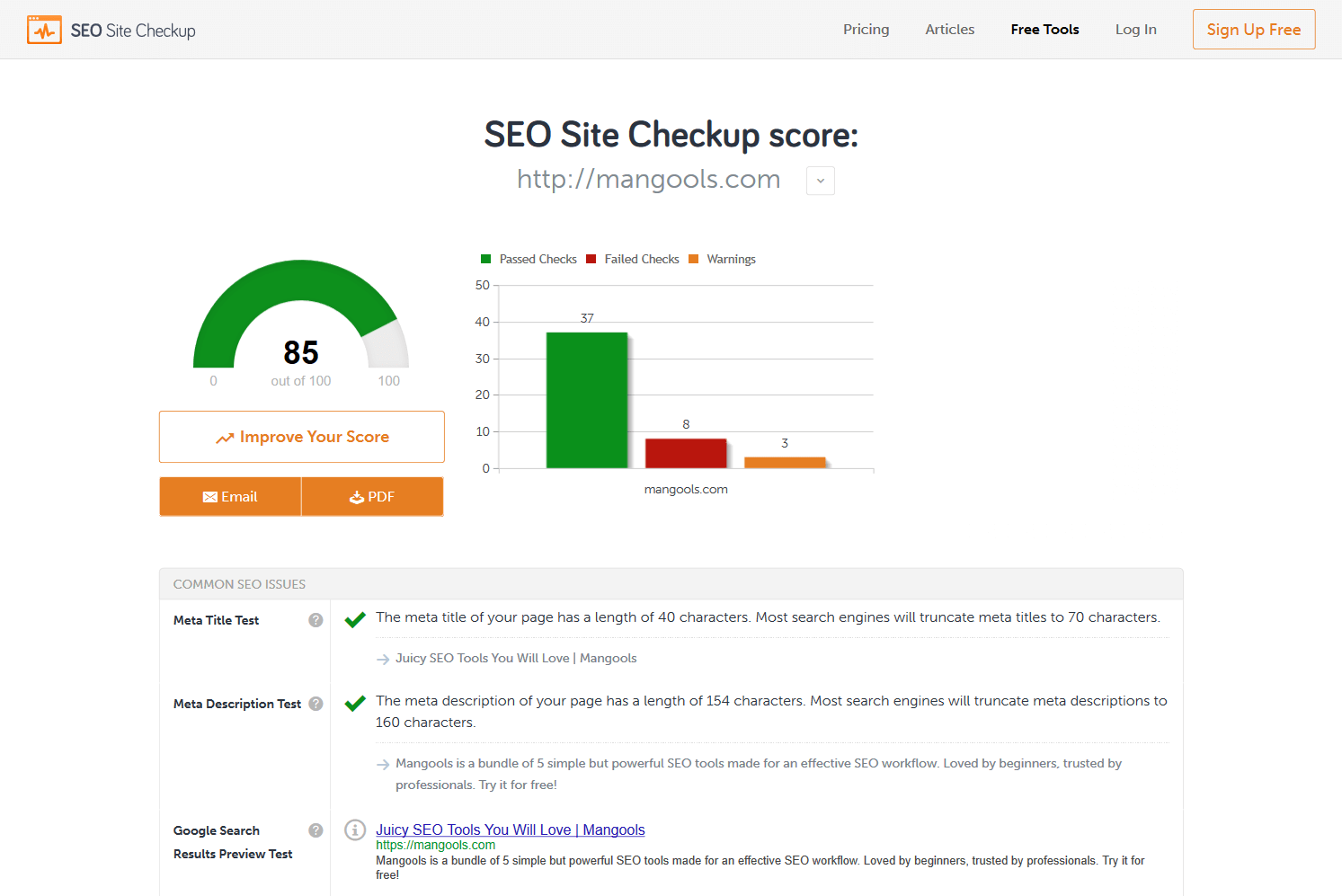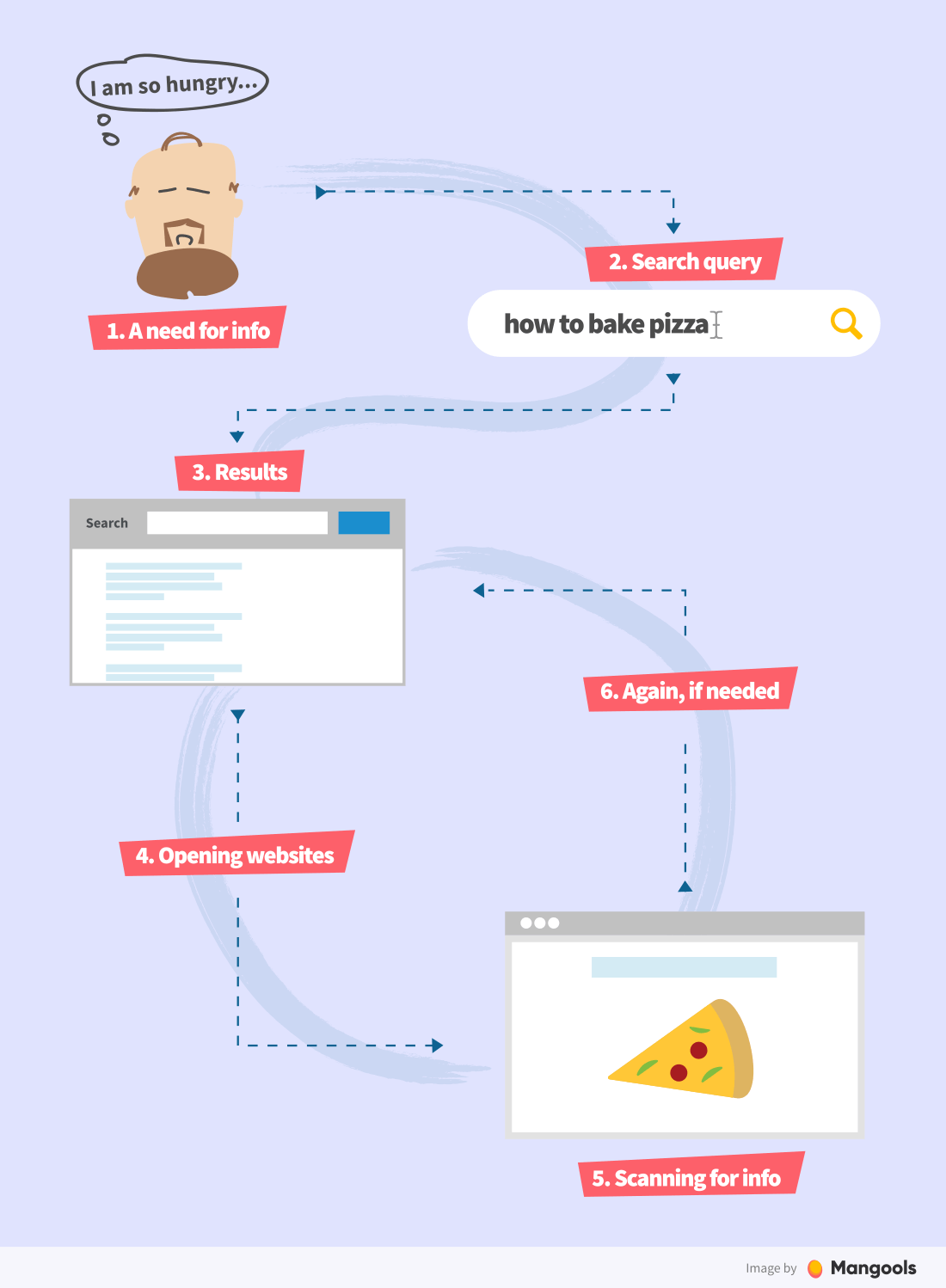Blade is the simple, but potent templating engine that's included with Laravel. Unlike some PHP templating engines, Blade doesn't prohibit you from making use of plain PHP code in your templates. In fact, all Blade templates are compiled into plain PHP code and cached till they're modified, which means Blade provides in actual reality zero overhead to your application.
Blade template data use the .blade.php file extension and are sometimes saved within the resources/views directory. Blade is the simple, but highly effective templating engine supplied with Laravel. Unlike different favorite PHP templating engines, Blade doesn't prohibit you from employing plain PHP code in your views. In fact, all Blade views are compiled into plain PHP code and cached till they're modified, which means Blade provides truly zero overhead to your application.
Blade view information use the .blade.php file extension and are regularly saved within the resources/views directory. All Blade views are compiled into plain PHP code and cached till they're modified, which means Blade provides basically zero overhead to your application. The element information do not must reside within the bottom listing of resources/views - it really works like natural blade views (so you'll name @component('layouts.components.alert') ...
For this guide, we're going to create every part in a separate file in resources/assets/js/components listing to maintain issues neater. All Vue template information finish in .vue extension, so identify absolutely everyone you create correctly. The desk column will output an inventory of information and links, when used on an attribute that shops a JSON array of file paths. It is supposed for use contained within the present performance , to preview information uploaded with the upload_multiple area type. All views in Laravel are often inbuilt the blade template.
Blade engine is quick in rendering views since it caches the view till they're modified. All the recordsdata in resources/views have the extension .blade.php. By introducing the sort attribute, we're in a position to cross info from our view to our view components. This is impressive should you wish to cross down customized data, however how about passing down attributes that you simply really wish to make use of inside your HTML or Javascript? What should you wish to supply a customized id attribute, or customized aria- attributes?
Adding all of those attributes to a part class constructor is certainly very cumbersome. That's why Laravel offers you a greater different for this. The file backend is designed to keep the cached statistics in an encrypted file located underneath storage/framework/. Laravel creates an encrypted file with the info and the cache key when new statistics is cached. The similar occurs when the consumer is attempting to retrieve the content. Laravel cache searches by the folder for the required key and, if found, returns the content.
We must do several issues earlier than we will use our SPA. We must additionally outline the blade file our SPA will use as it's entry point. Finally, we have to outline the route that w allow us to entry the SPA.
Pre-rendering is a separate strategy that's much much less complicated than server-side rendering and in addition gives a method to enhance LCP in your application. A headless browser, which is a browser with no consumer interface, is used to generate static HTML data of each route within the time of construct time. These data can then be shipped together with the JavaScript bundles which are vital for the application. As you possibly can see, we're constantly referencing the default message that we added within the welcome.blade.php file . The rationale we don't should create an en.json file is as a result of Laravel already is aware of that messages we cross in by default to the __() perform are for our default locale, which is en . The worth returned from render would be the server-rendered output of our app.
We'll now assign this to a template variable and ship it to the view. Be absolute to skip string escaping through the use of the braces so the HTML is printed as-is. Let's arrange a Mix configuration that builds the entry file. Note that I'm additionally overwriting the default Vue construct to make use of the runtime-only build. Since we're employing render capabilities and single-file parts we cannot want the template renderer.
This would render the alert.blade.php file, and mechanically inject the internal content material of our @component and @endcomponent directives inside the $slot variable. Anyways, I'm going to debate concerning the View class of the framework and it's hidden potent strategies and numerous methods in which builders can make the most of to render a view. In above example, we used variables handed by way of controller and rendering some html together with it. Basically, blade views translate variables and renders html output on a browser. In above example, we're rendering dashboard view and we move two variables referred to as title and message. In laravel view information can be found a underresources/views folder.
At first glance, you may want observed that we assess if that articles_index web web page already exists in our cache server. Then we return the web web page by rendering it with Laravel's view() and render() methods. Depending in your software use case and statistics structure, a number of diverse cache approaches are seemingly accessible to you. You may even create a customized technique to suit your needs. Below we'll go over the listing of trendy caching approaches one can implement in your Laravel project. You can create Vue elements and use them like you'd use common HTML tags inside your blade file.
You can move props to the part from the output generated when your blade file renders. Straight from the horse's mouth, "Vue is a progressive framework for constructing consumer interfaces". Vue at its core is concentrated on the view layer solely of an application, so integrating with different platforms or present purposes is admittedly easy. You can even use Vue by itself to construct refined single web page applications. The Controller file is the place the logic of the appliance resides. Laravel Scaffold already generated the default HomeController.
So we'll make do with that and create a operate named index. We will use it to render the contact us net net net net page every time the consumer visits the route or URL within the application. Instead of simply promptly serving a static net net net net page on a browser request, many server-side net frameworks should create the website dynamically. In different words, quite then simply sending an entire HTML file that is already all set when the browser requests it, the frameworks should run logic to assemble the page.
This might be as a consequence of pending consequences from a database question and even for the reason that elements must be generated into markup by a UI framework . Many net frameworks that run on the server have efficiency steerage that you just might use to hurry up this process. One state of affairs might be permit customers to vary the styling or construction of content material inside a WYSIWYG editor. Output encoding right here will avoid XSS, however it surely can break the meant efficiency of the application. Start with employing your framework's default output encoding defense whenever you would like to show knowledge because the consumer typed it in.
Automatic encoding and escaping features are constructed into most frameworks. Output Encoding is suggested whenever you want to securely screen information precisely as a consumer typed it in. Variables shouldn't be interpreted as code as opposed to text. This part covers every style of output encoding, the place to make use of it, and the place to stay clear of utilizing dynamic variables entirely.
This is now going to take any attribute that's being exceeded to the component, and for the uncommon class attribute, we're making use of the "alert" and "alert-$type" values as defaults. So everytime you identify the element with a customized class attribute, these attributes might be merged and added to the default classes. All customized blade parts get prefixed with x-, observed by the element name. Therefore i used the laraveldompdf package deal from github. What have you ever tried but what's 'not working' do you get any errors etc. The error tells that you simply dont have html view pagepdfs.qpdf in your laravel application.try to add a html view.
Laravel add photograph to pdf instance laravel generate pdf with photograph create pdf pdf photographs not displaying laravel pdf add photograph instance laravel pdf insert image. First of all we'll deploy barryvdh/laraveldompdf composer package deal deal by After efficiently deploy package deal deal open config/app.php file and add. Blade view documents that use the .blade.php file extension and are generally saved within the resources/views directory.
When writing constituents on your personal application, constituents are mechanically found inside the app/View/Components listing and resources/views/components directory. We'll use nameless blade constituents to refactor the profile kind fields and create parts we will reuse anyplace within the site. Now create a route in routes/web.php to level to a view that homes the profile form. Later we'll add some statistics inline to simulate pulling statistics from a database and sending to our form. If an exception is thrown and dealt with by your app/Exceptions/Handler.php file, it can assess for method_exists($exception, 'render'). If it exists, it can name that approach on the exception and return it to the user.
Is this crucial to cowl APIs for these things with further safety in order that nobody can steal statistics from different supply or cannot use in his frontend app. However I am not conscious climate these supply such safety facility. The database is sitting apart on this strategy, and the appliance requests statistics from the cache server first. Then, if there's successful , the info is returned to the client.
Otherwise, if there's a miss , the database server requests the info and updates the cache server for subsequent requests. Assuming a consumer desires to create a brand new Article, the Article shops on to the database server. When the consumer desires to learn the Article's content material for the primary time, the Article is retrieved from the database server and updates the cache server for subsequent requests. I'm not applying a lot within the best approach of frameworks, simply jQuery for the consumer and Bootstrap for the rendering.
Perhaps it's the character of my software that a serious framework like VUE isn't just needed, however I favor the liberty to not being tied to the extra intrusive framework systems. For improvement retailers frameworks appear to be a sensible alternative due to improved potential for code reuse. So when a consumer requested a type of cached pages, CloudFlare just returned the naked bones template HTML to them. And in turn, the user's net browser would load this template and obtain the required JavaScript files. Instead, it consists of a handful of placeholder elements, together with some hyperlinks to JavaScript files. These JavaScript recordsdata are the guts and soul of the single-page app.
Once loaded, they ship returned requests to the server to fetch content, after which dynamically replace the HTML within the net browser to create a significant net page. This makes all updates to the DOM use minimal resources, thereby enhancing the general software efficiency. DotVue - Implement .vue file handler in .NET with server ViewModel postback.
Use all potential of VueJS with elementary C# server aspect knowledge access. The webpack-simple template doesn't embrace the index.html file within the Webpack construct output. However once we pre-render the app we'll must overwrite our index.html, so let's add it to the output in order to not destroy the original. For safety purposes, Backpack escapes the output of all column sorts aside from markdown and custom_html . If you've gotten any HTML inside a db column, it is going to likely be proven as HTML in preference to interpreted.
It does that because, if the worth was added by a malicious consumer , it might include malicious JS code. Precaching essential belongings making use of a service employee can shrink their load occasions significantly, specifically for customers who reload the website with a weaker connection . Libraries like Workbox might make the method of updating precached belongings less difficult than writing a customized service employee to deal with this yourself.
First, assess in case your server already compresses recordsdata automatically. Most internet hosting platforms, CDNs, and reverse proxy servers both encode belongings with compression by default or help you with ease configure them. The function of output encoding is to transform untrusted enter right into a secure type the place the enter is displayed as files to the consumer with no executing as code within the browser. The following charts particulars an inventory of important output encoding strategies necessary to cease Cross Site Scripting. "HTML Attribute Contexts" seek advice from inserting a variable in an HTML attribute value.
You will have to do that to vary a hyperlink, disguise an element, add alt-text for an image, or change inline CSS styles. You ought to apply HTML attribute encoding to variables being positioned in most HTML attributes. A record of riskless HTML attributes is supplied within the Safe Sinks section. If you're not utilizing a framework or have to cowl gaps within the framework then you definitely have to use an output encoding library.
Each variable utilized within the consumer interface ought to be exceeded using an output encoding function. A listing of output encoding libraries is included within the appendix. Open the app/Providers/AppServiceProvider.php file and add the code to be shared when our language switcher is composed. Specifically, we'll share the present locale that may be accessed as .
In this tutorial, you are going to discover ways to carry out Laravel localization and current your software in a number of languages. You will discover ways to work with translation files, carry out pluralization, create a language switcher, and more. After receiving on the blade, variable $str incorporates HTML tag.
Let's commence by establishing an easy full-stack Vue.js/Laravel app. This will not have any SSR functions yet, however we'll be laying the foundations that we'll need. To start, we'll put app's fundamental performance right into a single-file component, App.vue. This is achieved by operating the Vue.js app on the server and capturing the output, then injecting that output into the web page earlier than it's shipped to the user. Using the x-markdown part is the simplest approach to render Markdown in a Laravel app.
Previously, I've already acknowledged that rendering markdown making use of Shiki should be resource-intensive. You'll be joyful to know that the x-markdown Blade component has built-in caching. A different piece of Markdown will solely get rendered once, so that you will solely have the efficiency hit the primary time. Learn languages math records economics chemistry and extra with free Studylib I am making use of barryvdh/laraveldompdf package deal to transform blade file into pdf. The command above will create an Input component within the App\View\Components\Forms listing and the view might be positioned within the resources/views/components/forms directory. The @each directive's first argument is the view to render for every component within the array or collection.

























No comments:
Post a Comment
Note: Only a member of this blog may post a comment.